This past week, a gentle breeze rolled down the rocky canyon and caressed the newly minted leaves of the aspen trees as I worked in the shade. They shook—trembled as if with fear. Quaking aspen—Populus tremuloides. A long winter had me forgetting the about this telltale behavior, a sort of communication from this old friend: “Watch out,” he says. “There’s a storm coming your way.”
Fear is sometimes appropriate when aspen shakes. Looking up canyon, the sky was certainly a mottle of purple, light gray and charcoal black. Breeze turned to chill wind. I knew what that meant. Icy downdrafts from massive clouds that reached up toward stratospheric levels, higher than the Himalayas. Aspen shook harder and a twig fell from above. I looked up from where it came.
A massive bundle of sticks was stashed about midway up the aspen tree. It was a magpie nest. For such a perfectly groomed bird of gala-quality tuxedo contrast blended with iridescence, their home looked like a trash pile. I though of humans I knew that were the same; you see them in town, and everything’s perfect: men with Levis and button down shirts perfectly pressed and creased, women in perfectly fitting pristine jeans with ruby red lipstick and eye makeup just so. Even their late model car is shiny and new.
But when you visit them in their house, it turns out that they appear to be some sort of hoarders. Their home is full of dust covered kitschy artifacts from a life of collection. Such is the case with magpie. They are trash birds—omnivorous scavengers of the desert west. Their squawky calls are in no way pleasant, and despite their lovely plumage, I find myself judging them. Pickers. Hoarders of refuse. Opportunists.
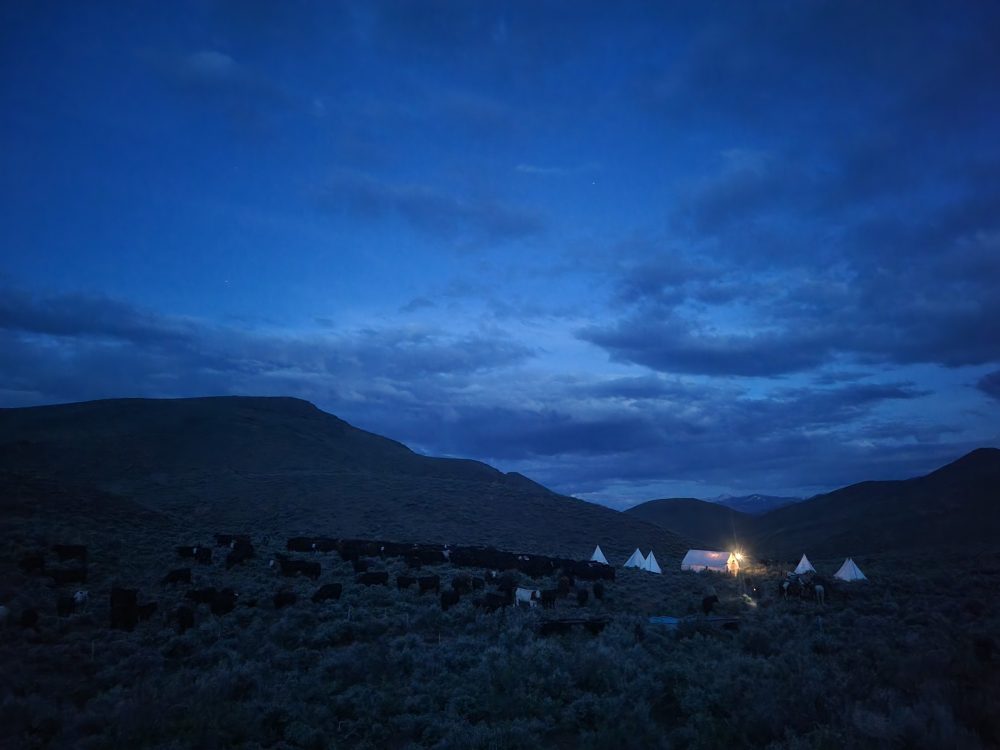
At home, flocks of them will descend into our yard to steal food from our dogs and cats. And they unashamedly, irreverently, happily declare the death of any animal. And I’m absolutely certain that they would do the same with my carcass if I happened to cross death’s door during one of my range or ranch forays. Their cackling sounds a little like maniacal laughter. And they would do that.
I have proof all around me up and down the canyon. Bones, bleached, picked clean by our Magpie marauders. A skull of a rock-marmot here. A mule deer rib cage there (it met it’s death, apparently by falling off the cliff at whose foot it lay).
Here in the sagebrush desert, everything lives on something dead. Some of them have to make their food dead first.
Or nature just steps in and creates mortality for them. Today, it started with a lightning flash combined with a near simultaneous thunder-boom. My heart migrated to my throat—I was in no way ready for that. The ground reverberated; aspens trembled. Thunder is usually the story of summer, and I haven’t been feeling summer yet. My combined layers of wool and rain slicker, even rubber boots betrayed the fact that I had been seeing new snow streak the hills over the past week, despite it being the beginning of June. I was ready for rain but not thunder. Flash. Bang. Rumble. Electrical was hard upon us.
And then the sort of a distant jet sounding roar, from up canyon. I took notice, because flash floods are etched into my memory. Here, in our part of the Rockies, they can be fairly cataclysmic. I’ve seen a few storms of torrential chocolate, greasy mud packing entire trees and suitcase size boulders in a maelstrom tongue purging, pushing through a rocky canyon. Anyone in the way is history. Most of the yearlong inhabitants of this country are wise to such things; elk and deer get out of the way. Cougars climb trees (not the best of ideas). Bears book it.
But humans are not always so wise.
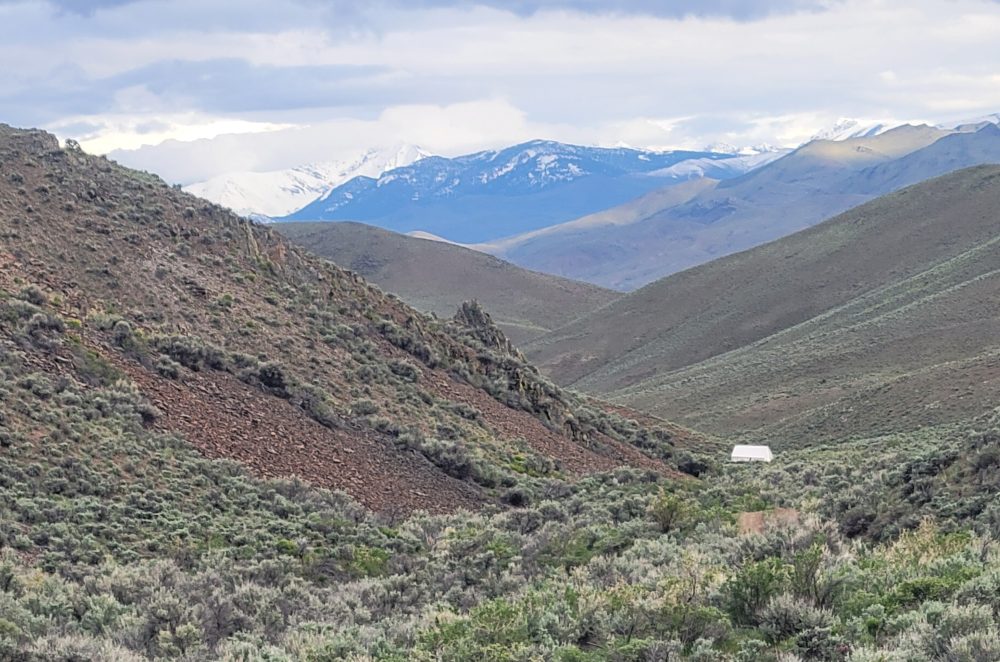
I felt the first peck of pain through my beat up ballcap. I was reminded of the time a robin pecked a hole in my head when I was 5 years old. Too close to the nest, she was trying to say. I cried then. Before I had time to think about it, more pecks popped against my noggin.
Hailstones, and the roar of them hitting the ground as the curtain rapidly enveloped me. Before I could think about it, they were pounding hard and fast. I’ve seen this turn into golf-balls before. Not quite ready for them. I thought of the herd of beeves, of 465 head, daughter Linnaea in charge on horseback with her crew, up on the peaks just to the east of where I was working. Wide open country. Fairly vulnerable to lightning, wind, and hail.
Sometimes, you have to embrace the suck. I hoped that our new crew paid attention to safety and gear briefings they endured over the past week, and that they all had cowboy hats and the hard canvas of slickers on. Those things render you fairly bulletproof. And Linnaea had a fair amount of experience with electrical after she and her crew experienced a mild strike last year (no-one was hurt, although some were a little altered in consciousness for a bit). She knew to read oncoming weather (after all, on a ridgetop you can see it coming, as opposed to my location in a rocky canyon bottom).
But I wasn’t wide brimmed cowboy hatted, as I was working in the tight brush this day, and had to find cover. After running through the rocks and boulders of the bottoms, I finally found a spot of ground that was not whitening with the ever enlarging pellets of hailstones turning the ground a snowy white. A cliff overhang offered dry shelter for most of my body as the hail ripped down from somewhere around 6 miles up. I popped a few ice-stones into my mouth and crunched into them as I waited. Cold. Hard. Wet, and flavorless.
From my position, I eyed the tiny stream in front of me. We’ve always called it Magpie Springs. It’s a miniscule tenth-acre oasis in the low desert of 20 square miles of our ranges. There’s something about a spring that is almost sacred to me. They are so valuable, precious commodities in an otherwise desert and rock, cactus and greasewood landscape. The sacred waters transform and bring abundant life where they roll. It’s why we don’t allow our cattle access to the springs. Other animals come, drink and leave; there are tracks of pronghorn, mule deer and elk in the margins of watercress and hairy-cap moss the infantile creek courses through.
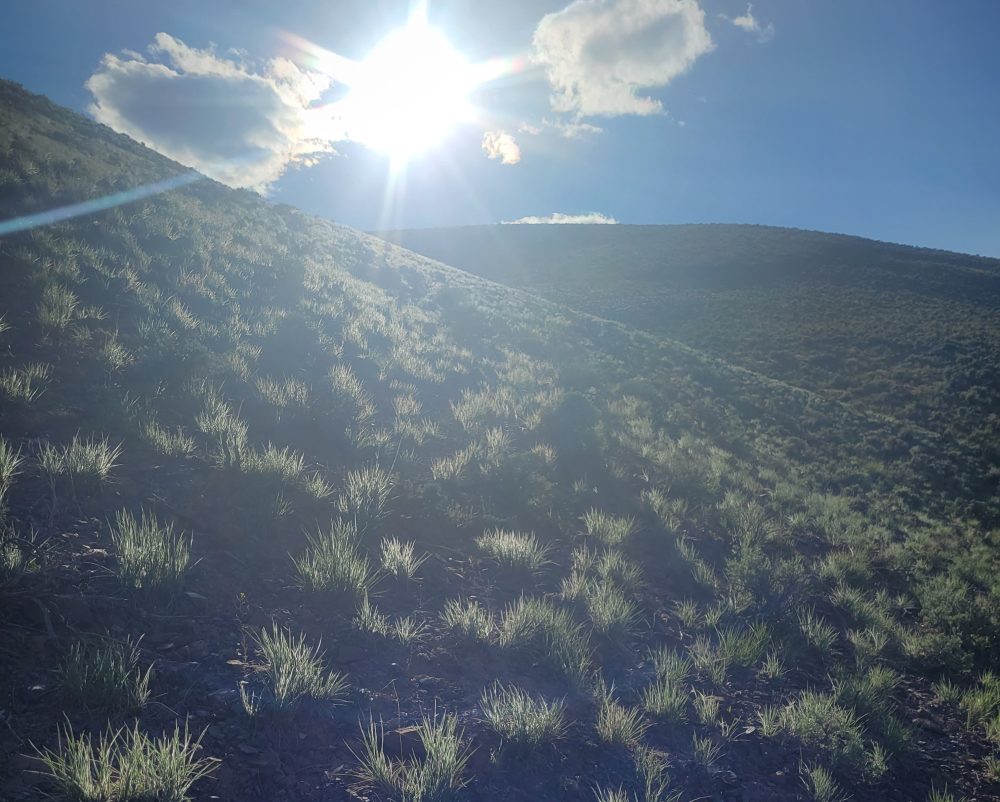
The icy, clear waters bubble up from a crack in the very rocks I find shelter under, meander through the rocks under shade of willow, birch, alder and aspen (and magpie condos), and then percolate down again, deep into the soil and andesitic rock labyrinth in a little over hundred feet. After that, green and lush ends, and the tide of desert again takes over.
And this year, the spring looks good, even though an earthquake appears to have moved the spot of springing from the crack by 15 feet or so from last year (such common quakes work strange wonders to underground plumbing; we had a neighbor in the next valley who lost all of their spring water from a 6.3 quake only to get it all back again 5-fold in several months).
It’s enough water to fill our inch and a half firehose with gravity that will hydrate our stock at the camp we had hoped to place about a mile down canyon where the cliffs abated and gentle hills intersected the broad bottom. There, we could place a few temporary stock tanks along the rough jeep trail that passes through the canyon there and fill them by gravity, from Magpie. We’d borrow part of the water, and when camp moved on up higher into the peaks in 3 or 4 days as summer finally comes (we hoped), we’d pull our gathering system, lift our stock tanks, and leave no trace of our camp there.
As the hail finally abated, I found myself full of my own spring of gratitude. Magpie Springs was running again after not putting out very much in last year’s extreme drought year and the rain (and hail) was sending us abundant grass to look forward to this summer. The result was a verdant green grassland; the desert was blooming.
What was really outstanding in my mind was that haven’t grazed this wild country for five years, and now we were back because of the resurgence. We’d give rest to the areas we grazed last year; with the rain, the grass on those places would do so well after our grazing impacts and be allowed full expression in leaf and seed with the abundance of moisture we’ve recently seen.
To put it simply, we want our cattle to behave like bison, and I believe we’re arriving. Bison ran on the landscape for thousands of years before people came. Infrequent, intensive grazing events, commonly interrupted by years of rest instead of days or months. It is how these plants were formed in community and relationship with the other plants, animals and soil biota that thrives here.
We were fitting in with what nature had done before a storm of men with cattle showed up to continuously graze an ecosystem that had evolved with highly intermittent grazing.
We rarely perfectly achieve these things. But when we come close, there is a peace and a joy that comes with this attitude that we aren’t harming. Instead, we are healing. And that makes all the difference when the days are long and the storms come.
And the aspen tremble.
Happy trails.
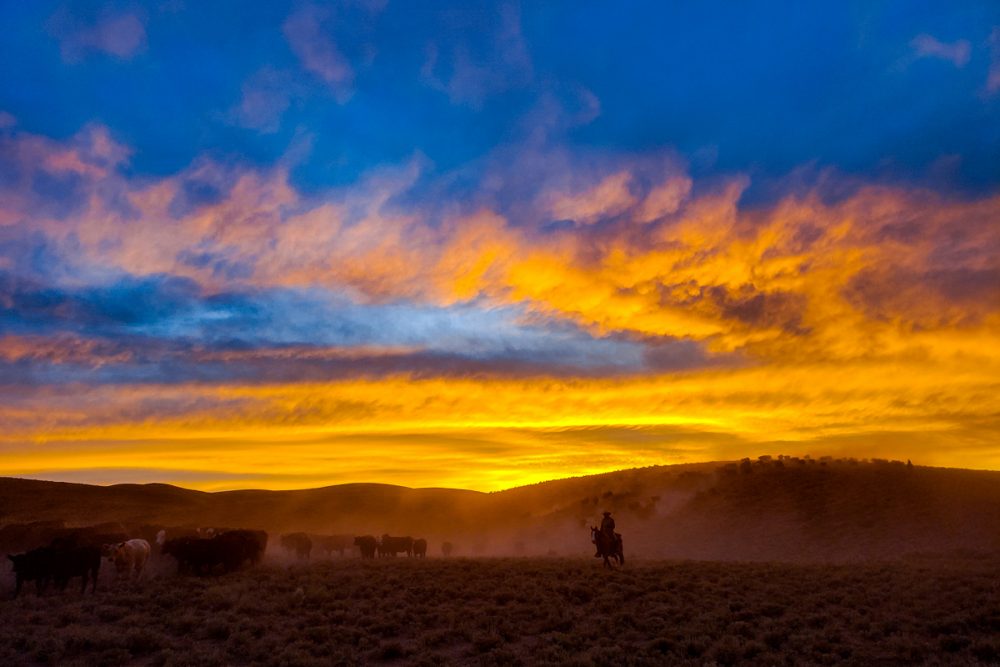
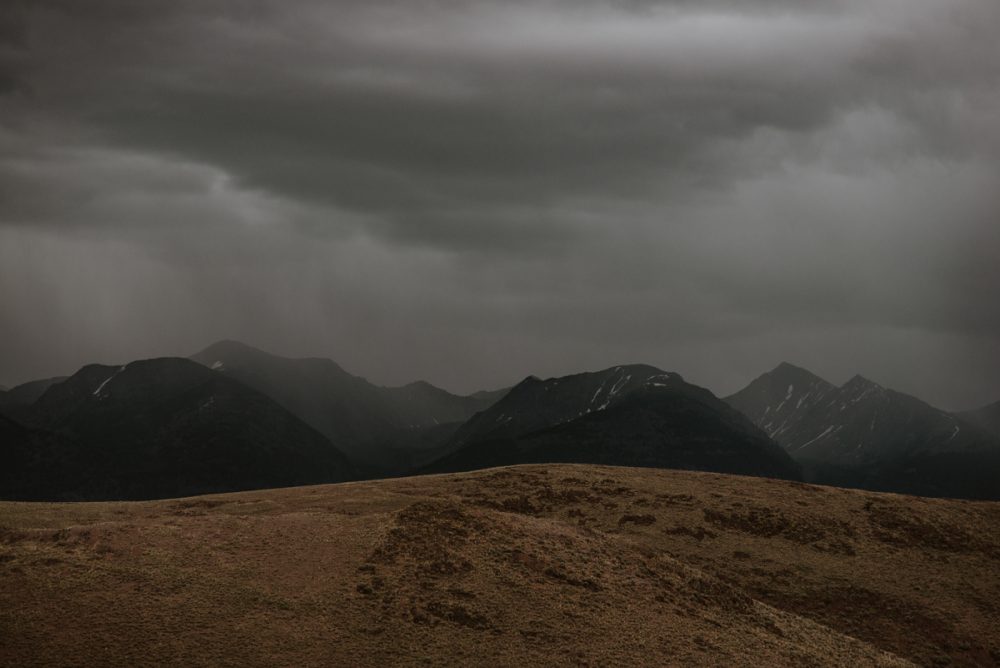


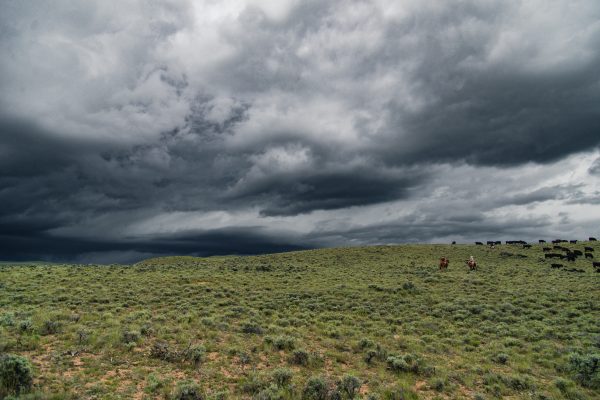


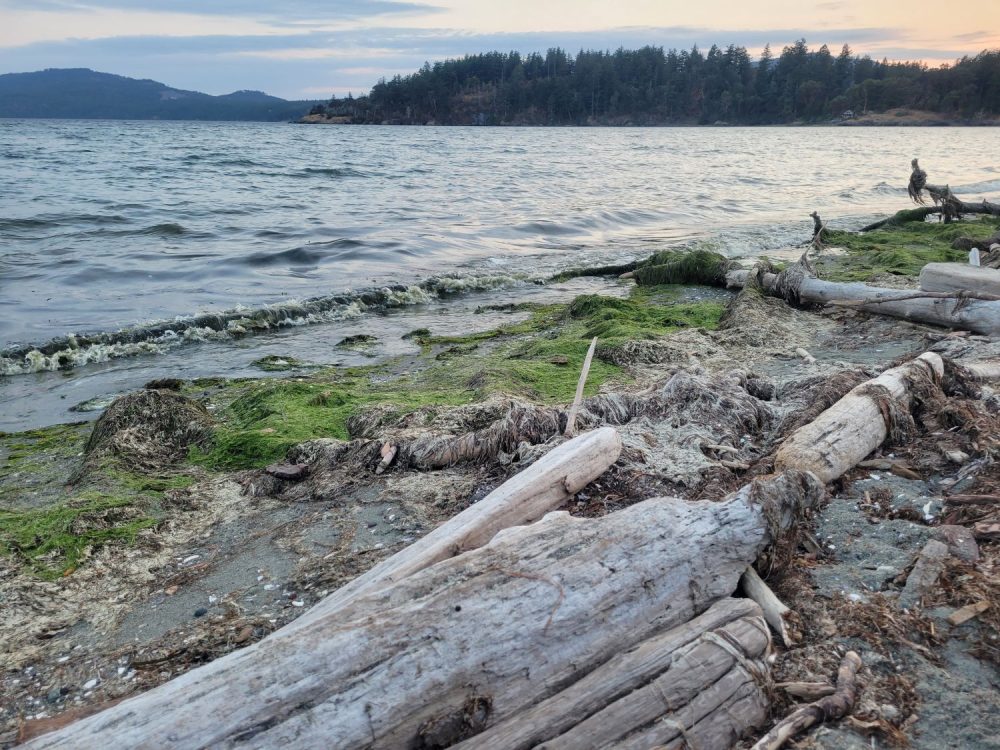
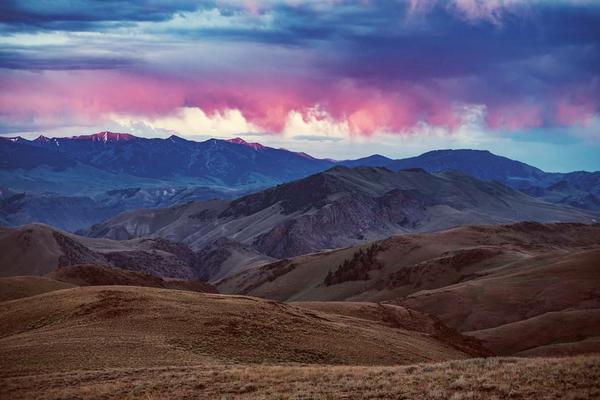
leslie conner-maiyo
Your writing about springtime in the high desert was wonderful. I remember asking the buccaroos in the Bennet Hills south of Fairfield what they did in lightening storms. “Don’t want to be horseback, high up, with metal shoes no less.” They would tie their horses to a sagebrush, go a hundred feet away and get as low as possible. There were stories of their horses getting hit! every once in a while!! ………. the real world.
Vicki
Thank you. I sit here and read about the life you speak …and a lot of times tears of gratitude run down my cheeks. I am always so grateful for people like you and your family, doing such fabulous work..I was a teacher for 40 years, and I loved my work..children are such an amazing gift. Working the land with the knowledge and expertise and commitment that you all have, takes my breath away,
Thank you again!
richard parrott
glenn richard parrott here sunday 12 jun 2022
………I am in the house at buhl… experiencing showers possb;y headed your wayand for the first time got this 4 tear old laptop set up by caroles professioal well paid mouse operators ….got it to recieve email!!
I like MY east of salmon falls creek north of the nevada border high desert 4500 foot elevation, 8 pasture fenced crested wheat and native pastures……
Its seede in 1957 and headed back to sagebrush …. under bureau of land management supervision.
recent news and as tho it was a done deal …..promotors have the bureau of land management employees on the run …and to install hundreds of 750 foot tall windmills on blm grazing.. the berger unit here was seeded in 50s some by me and family and was 2 acres per aum ..now the actual use is 30 percent less or you are introuble . someone runs steers to keep his apparent use up ( compared to pairs)
this is way late sent forgot i was doingit. richard parrott 208 308 7113
Caryl Elzinga
Ah…Richard. The windmills. I love to hate them. They’ll punctuate our landscape. They say all else is unaffected, but to me, when they go up, I feel like the soul of the land is sacrificed. The wide open….
No longer.
thanks for the word.
I’ll give you a call on the other stuff.
g